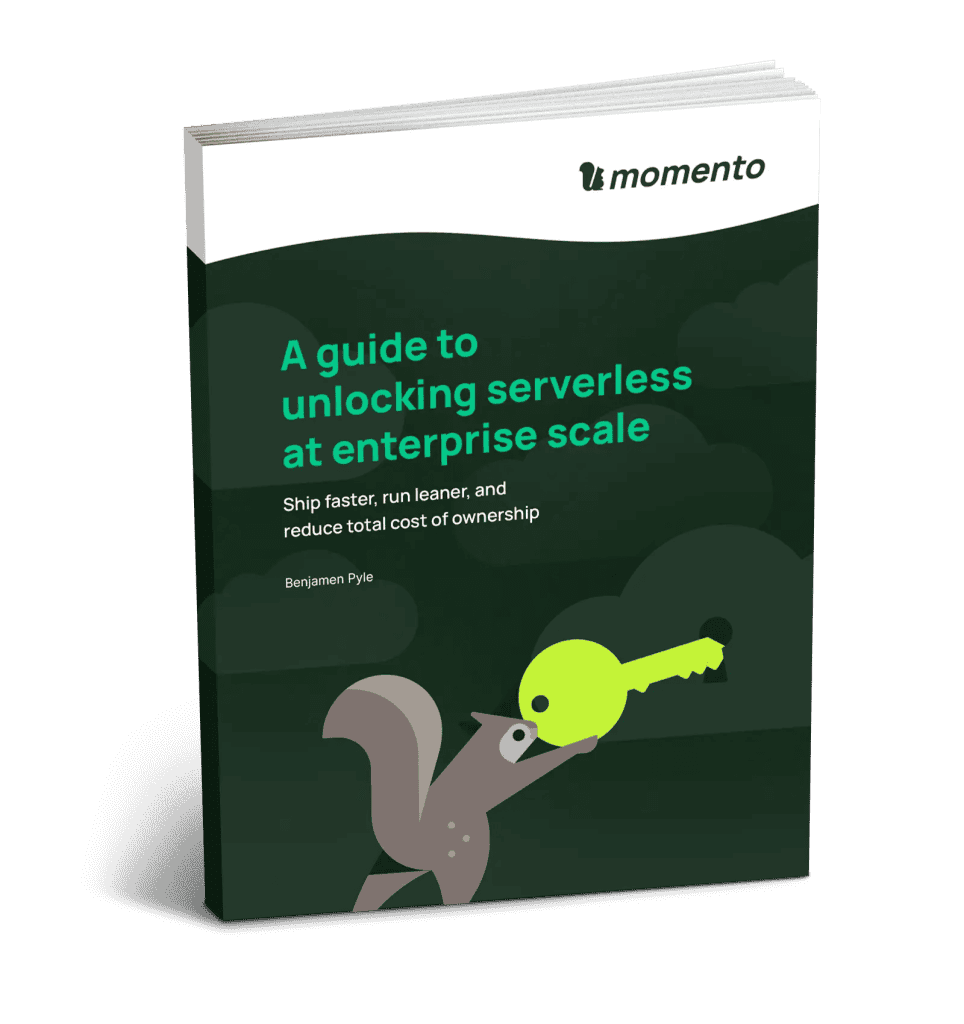Three key questions to pave the way for success with serverless
Find out if your enterprise is ready for true agility powered by serverless.
The ability to swiftly adapt to changing market demands, innovate rapidly, and deliver value to customers is essential for any business to stay competitive. This makes “agility” a popular choice for businesses to employ in core value statements and annual meetings, but the truth is that traditional architecture and personnel constraints often hinder their ability to walk that talk—especially for large enterprises. However, the advent of serverless architectures presents an opportunity to reclaim agility and make it actually achievable for organizations of every size.
Sounds amazing, right? It is—but finding success with a serverless approach requires answering some key questions.
1. Does the culture embrace agility?
Almost every enterprise will answer yes to this. Like I said in the intro, there aren’t many organizations out there that will admit to not being agile. However, serverless allows an enterprise to take agility to a higher level. Some of the key tenets of agile delivery are working software, allowing for change versus following a plan, and empowering teams to act autonomously and own their outcomes. Many enterprises struggle to realize these attributes due to the rigidity of their traditional infrastructure. Serverless architectures remove these legacy barriers and allow teams to get on with the business of shipping value and delighting its customers.
Is the organization ready to ship value quicker, fail faster, and adapt to key findings? It can be tough to allow a team to fail in front of a customer with a new feature. But with serverless, those failures can turn into successes as the team learns what directions they shouldn’t take and can quickly pivot to what directions they should take. That’s agility.
2. Is there a passion for observability?
Serverless systems often have characteristics that without observability are difficult to manage: they are sometimes event-driven, infrastructure is almost always ephemeral, and managed components generate their instrumentation.
Without a passion for observability, user requests and system events will fall into a giant abyss containing all these lost signals. When designing around observability, the three pillars of logs, traces, and metrics are where the journey begins.
Of course an enterprise doesn’t need to have all of the instrumentation or plans for instrumentation in place before trying serverless. However, before any serious serverless feature is to be shipped to production, the practice of observability needs to be addressed, which includes tooling and instrumentation.
So is the enterprise comfortable learning and applying the techniques it requires to monitor serverless applications? And a follow-up question: are the teams that currently run operations and engineering capable of leaning in closer together to solve new problems and challenges?
3. What skills are in house currently?
People matter when an enterprise decides to embrace serverless. Whether that enterprise is ready depends largely on the people and team that are blazing the path.
This isn’t to say that the enterprise requires at least three serverless developers who are fluent in infrastructure as code and have shipped to production before. But it does require a general spark of curiosity and a willingness to lean into new techniques and paradigms.
If the enterprise is serious about empowering teams to ship early, adjust often, and embrace change in both requirements and scale, then its people must be willing to understand how. As mentioned, serverless will compress job responsibilities and create tighter teams. These people units will learn and grow faster together when corporate direction lines up with technical curiosity.
Conclusion
It’s crucial to recognize that this transformation is not just about adopting a new technology—it’s about embracing a mindset shift. Businesses have to ask themselves tough questions about their readiness to adapt, innovate, and deliver value at the pace serverless enables. Does the culture truly embody agility—beyond mere lip service? Is there a passion for observability and a willingness to find the right tools to make it possible? And do your teams have the right mix of curiosity and skills to embrace the new paradigm?
True agility is within reach for any business, thanks to serverless. Is your enterprise ready for it?






